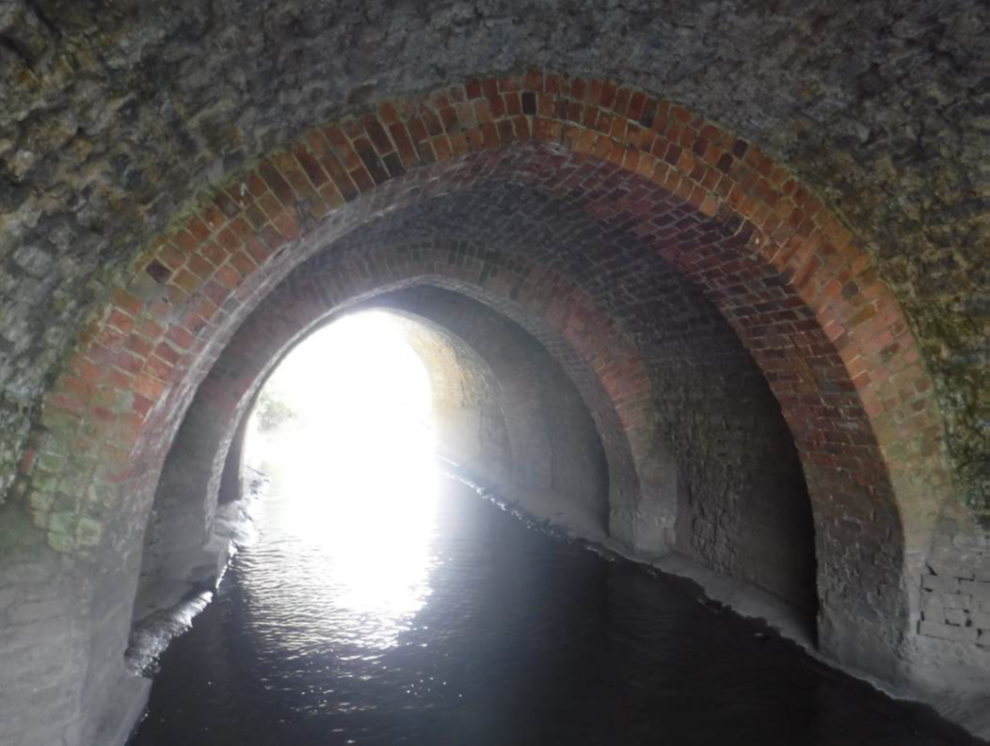Project profile: River Ise Bridge
This bridge, which once played a crucial role in ironstone transportation, is currently undergoing work to limit the effects of scour.

Share this article
Location: Kettering, Northamptonshire
Contractor: AMCO Giffen
Open to the public? Yes
Completion: Autumn 2024
History
The River Ise bridge was built by the Midland Railway, which had been operating out of Kettering since 1857, following the town’s link to the Great Northern Railway. While building this line through the region’s hills, significant ironstone deposits were discovered which were commercially valuable at the time. Consequently, plans were made to connect the area’s quarries with the country’s rail network.
A bill to construct a line extending from Kettering to Huntingdon was authorised by parliament in July 1863, with the line’s construction being approved in February 1866. The first goods train operated that same month, and passenger services began in March 1866.
As the main impetus for the line’s construction was the area’s ironstone deposits, this resulted in station locations that were inconvenient for local communities and limited passenger services to no more than four daily trains. Low passenger numbers, combined with dwindling ironstone supplies, threatened the line with closure in the late 1930s. However, increased munitions traffic during World War II postponed these plans.
After the war the line suffered considerable losses, leading to the withdrawal of passenger services in June 1959 and the end of goods services in 1971.
About the structure
The River Ise bridge, built in the 1860s, features a single masonry span with an arch approximately three meters above typical water levels. Today, it provides pedestrian access between Barton Seagrave and Kettering.
Due to its location over the River Ise, the bridge is vulnerable to scour. Scour occurs when the river's flow is restricted under the bridge, causing the water to accelerate. The faster-moving water erodes the riverbed, removing softer materials like sand and gravel. Since the riverbed supports the structure, failure to address scour can compromise the bridge's integrity and cause it to shift.

What is the project?
Since the bridge sits over the river, our contractors must first divert the water using a coffer dam and pumps to access the areas that require maintenance. They will then power wash the brickwork to remove any loose material. The entire bridge will then be inspected, with any masonry and mortar defects being repaired.
Additionally, a concrete apron will also be constructed on the riverbed, sloping up to the bridge walls. This concrete, being more durable than the softer riverbed materials, will lessen the effects of scour on the structure. Finally, materials from the riverbed will be replaced just above and below the work area to ensure a smooth transition between the existing bed and the concrete apron.
What stage is it at?
Work began in August 2024 and is expected to be completed by autumn 2024.
